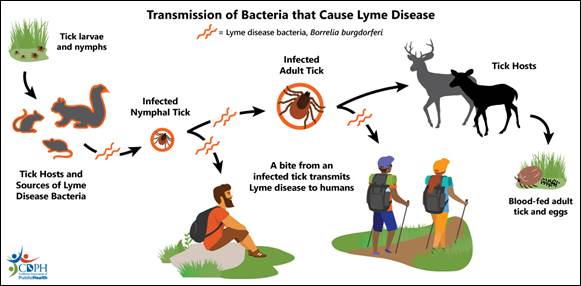Posted by Vector and Vector-borne Disease Committee
May 19, 2022
Emerging Mosquito-Borne Viruses Linked to Aedes aegypti and Aedes albopictus: Global Status and Preventive Strategies
Jonas Naslund,1 Clas Ahlm,2,3 Koushikul Islam,2 Magnus Evander,2,3,I, Goran Bucht,2 and Olivia Wesula Lwande2,3
1Swedish Defence Research Agency, CBRN, Defence and Security, Umea°, Sweden.
2Department of Clinical Microbiology, Umea° University, Umea, Sweden.
3Arctic Research Centre at Umea° University, Umea, Sweden.
iORCID ID (https://orcid.org/0000-0001-6034-4807).
VECTOR-BORNE AND ZOONOTIC DISEASES, Volume 21(10) 2021
DOI: 10.1089/vbz.2020.2762
Abstract [condensed]
Emerging mosquito-borne viruses continue to cause serious health problems and economic burden among billions of people living in and near the tropical belt of the world. The highly invasive mosquito species Aedes aegypti and Aedes albopictus have successively invaded and expanded their presence as key vectors of Chikungunya, dengue, yellow fever, and Zika viruses leading to frequent local outbreaks and infrequent pandemics. These two mosquito species have gradually adapted to new temperate ecozones inhabited by immunologically naive human populations. Many risk factors, for example, global transportation systems, may result in sporadic local outbreaks. There is an urgent need for improved surveillance of vector populations, human cases, and reliable prediction models. In summary, we recommend new and innovative strategies for the prevention of these types of infections.
Note: This paper reviews recent Aedes related arbovirus outbreaks and describes their public health and economic impact. This review clearly supports the need for surveillance and control programs to recognize and mitigate these imported arboviruses – problems addressed daily by the membership of the MVCAC.

